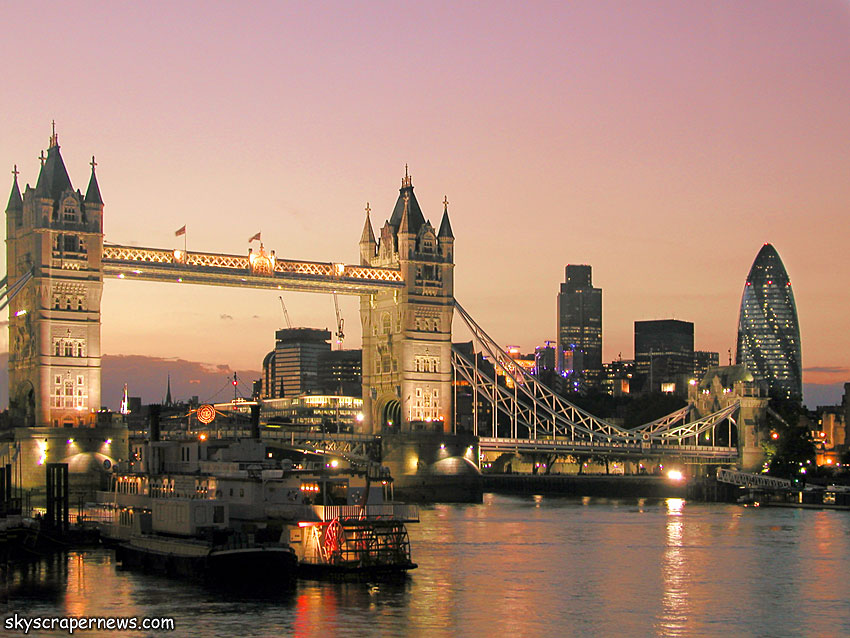29th January 2014 - Surface Design Show, Research
 As part of my research for this project I am planning on going to the surface design show in London. I attended this show last year which is based upon both interior and exterior design companies and want to visit it again this year as I feel it is a valuable opportunity to see what is up and co
As part of my research for this project I am planning on going to the surface design show in London. I attended this show last year which is based upon both interior and exterior design companies and want to visit it again this year as I feel it is a valuable opportunity to see what is up and co
"The Surface Design Show takes place from 4-6 February 2014 at the Business Design Centre in London. It is the only UK event to focus exclusively on innovative and inspirational interior and exterior surface solutions. Over 4000 architects, interior designers and specifiers are expected to attend the highly bespoke event for surface materials. With over 100 exhibitors displaying the very latest surface solutions, Surface Design Show is now firmly recognised as the event for this sector." - extract from website.
The surface design show is a show for the range of designers across the design world, from architects, to interior designers and contractor, which allows companies to exhibit current and new developments in their work to these designers. I find this exhibition very useful, because there are many companies who have developed new and exciting techniques, products and uses for materials. A place where we can look forward and see how textiles can relate to the world in different ways.














